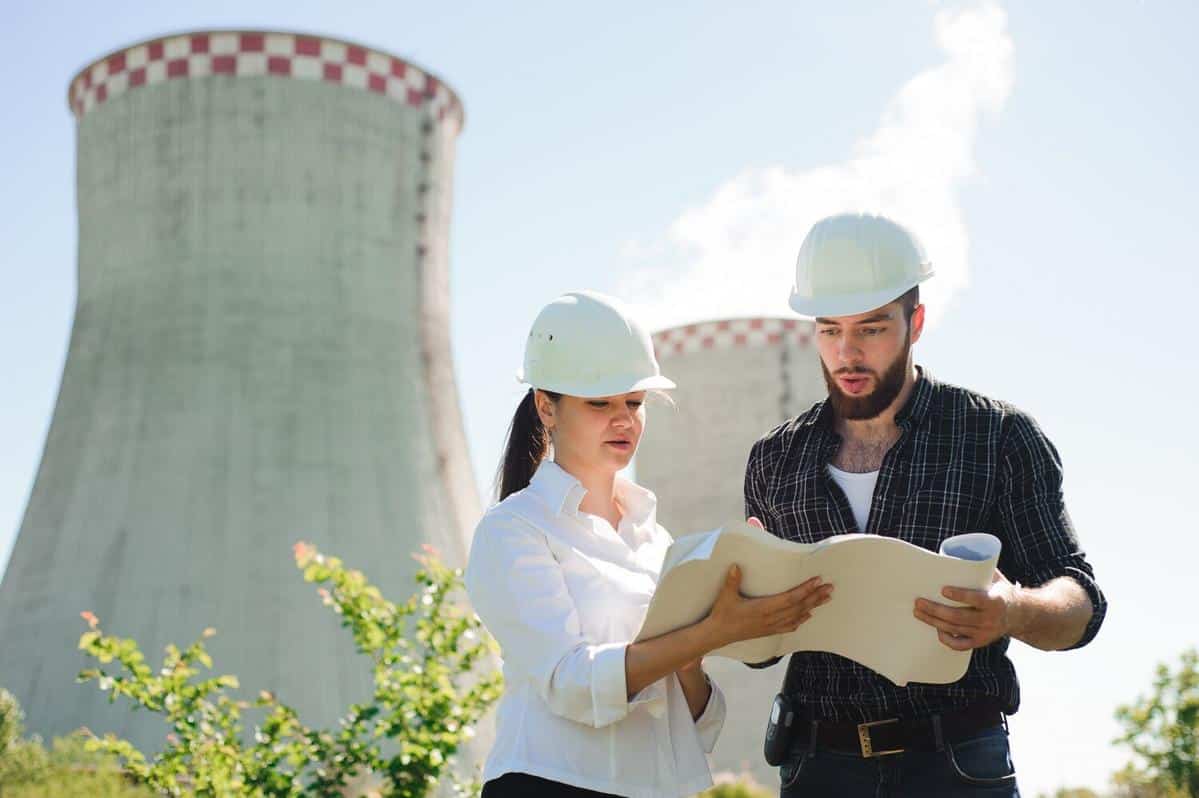
Advancements in Geothermal Energy Solutions
Geothermal energy, a cornerstone of renewable resources, is harnessing the Earth’s natural heat to provide sustainable power solutions. As the global community intensifies its search for cleaner energy alternatives, geothermal technology is emerging as a pivotal player in the energy sector.
Geothermal energy taps into the Earth’s internal heat, typically found in hot springs, geysers, and volcanic regions. This heat, stored beneath the Earth’s crust, offers a stable and reliable energy source. Recent advancements are enhancing its viability, making it a critical component in the renewable energy landscape.
Exploring Geothermal Advancements
One of the significant developments in geothermal technology is Enhanced Geothermal Systems (EGS). Unlike traditional geothermal systems that rely on natural hydrothermal resources, EGS creates artificial reservoirs by injecting water into hot dry rocks, as highlighted by the International Energy Agency. This method expands the geographical potential for geothermal energy, allowing it to be harnessed in areas previously deemed unsuitable.
Expert Insights
Dr. Lisa Frank, a leading geothermal researcher, emphasizes, “EGS technology is a game-changer, enabling us to access geothermal energy in diverse locations. This innovation is crucial for meeting global energy demands sustainably.” Her insights underscore the transformative potential of EGS in expanding geothermal’s reach.
Statistics and Impact
According to a report by the Geothermal Energy Association, geothermal power production has increased by 3% annually over the past decade. This growth is attributed to technological advancements and increased investments in research and development. With over 13,000 megawatts of installed capacity worldwide, geothermal energy is making a substantial impact on reducing carbon emissions.
Real-world Applications
Consider the city of Reykjavik, Iceland, where geothermal energy supplies around 90% of the heating needs. This application showcases the immense potential of geothermal solutions in providing sustainable, reliable, and cost-effective energy for urban areas.
Actionable Tips for Embracing Geothermal Energy
- Explore local geothermal potentials: Conduct a feasibility study to assess the geothermal resources in your area.
- Invest in energy-efficient technologies: Incorporate geothermal heat pumps in residential and commercial buildings for heating and cooling.
- Stay informed: Keep abreast of the latest advancements and policies in geothermal technology to make informed decisions.
Comparing Geothermal with Other Renewables
| Energy Source | Availability | Carbon Emissions | Installation Cost | Maintenance | Scalability | Land Footprint | Reliability |
|---|---|---|---|---|---|---|---|
| Geothermal | 24/7 | Low | High | Low | Moderate | Small | High |
| Solar | Daytime | Low | Moderate | Low | High | Large | Moderate |
| Wind | Intermittent | Low | Moderate | Moderate | High | Large | Moderate |
| Hydro | 24/7 | Low | High | Moderate | Low | Large | High |
Frequently Asked Questions
What is geothermal energy?
Geothermal energy is the heat derived from the Earth’s interior, harnessed for electricity generation, heating, and cooling.
How does Enhanced Geothermal Systems (EGS) work?
EGS involves creating artificial reservoirs by injecting water into hot dry rocks, enabling geothermal energy extraction in non-traditional regions.
Is geothermal energy environmentally friendly?
Yes, geothermal energy is a low-emission, sustainable resource that significantly reduces reliance on fossil fuels.
In summary, advancements in geothermal energy solutions are unlocking new potentials for sustainable power generation. By embracing these innovations, communities worldwide can contribute to a cleaner and more reliable energy future. As technology evolves, staying informed and proactive in adopting geothermal solutions can pave the way for a more sustainable world. For further reading on geothermal energy, visit the International Energy Agency’s website.